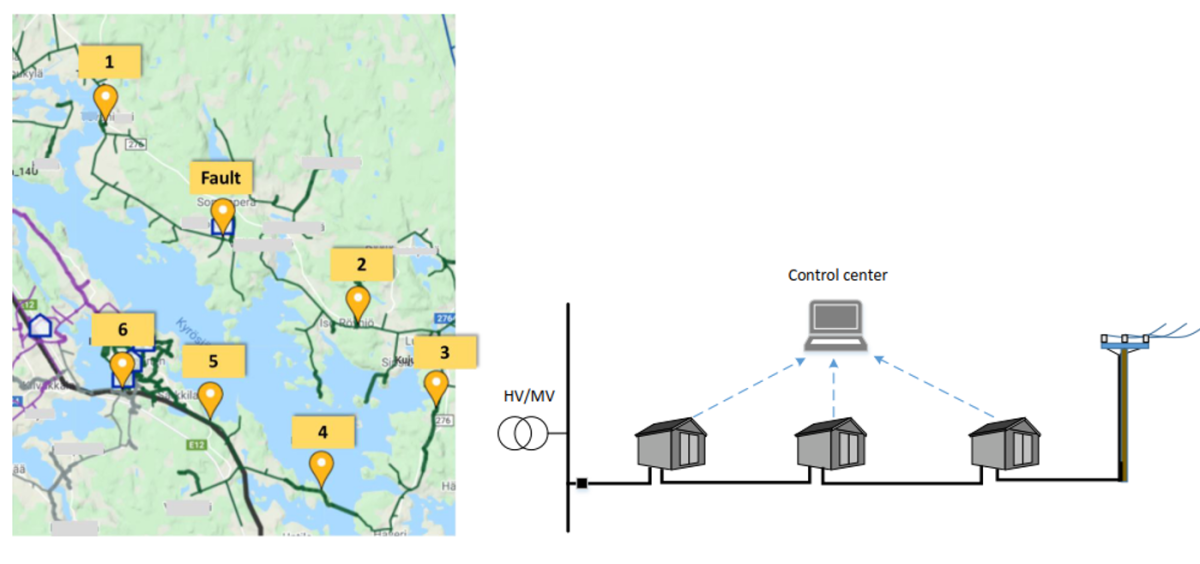Trees falling on power lines, lightning strikes, birds and other events can cause faults in power grids. These faults can cause power outages that could directly affect customers. The system operator, therefore, needs to repair the fault and restore power as soon as possible.
The first step in identifying an earth fault is to know where the fault is. Finding the location of a fault in the electricity distribution network is not a simple task, as power grids can typically consist of hundreds of kilometres of overhead lines and cables.
– System operators need reliable methods to find the location of the fault before they dispatch their crew to clear it, says Amir Farughian.
One of the aims of Farughian's dissertation was to develop methods for locating earth faults, particularly in medium-voltage networks, using current technology or technology that would become available in the near future.
– The distinctive feature of these two proposed methods is that they do not need voltage measurement, only current measurement. Also, they do not require accurate time synchronization between recordings from various measuring points in the network.
According to Farughian, the main advantage of these methods is, that since no voltage measurement is required, their implementation could be less costly than that of other methods that do require voltage measurement.
Verification through simulations and field tests
Farughian used empirical data to study the phenomenon. The performance of the methods was verified through both simulations and field tests.
– In fact, this work is the result of a collaboration between academia and industry. The performance of the proposed methods was verified by PSCAD simulations and rich data obtained from field tests.
Farughian tells that the field test data was provided by Safegrid Oy. The tests were conducted with dedicated equipment. The reliability of the methods depends, in practice, on the accuracy of the current measurement.
Dissertation
Farughian, Amir (2022) Novel methods for earth fault passage indication in non-effectively grounded electricity distribution networks. Acta Wasaensia 500. Doctoral dissertation. Vaasan yliopisto / University of Vaasa.
Public defence
The public examination of M.Sc. Amir Farughian’s doctoral dissertation ”Novel methods for earth fault passage indication in non-effectively grounded electricity distribution networks” will be held in auditorium Kurtén at the University of Vaasa on Thursday 15 December at noon. It is possible to follow the defence also online (Zoom, password: 467400)
Professor Petr Toman (Brno University of Technology) will act as the opponent and professor Kimmo Kauhaniemi as the custos.

